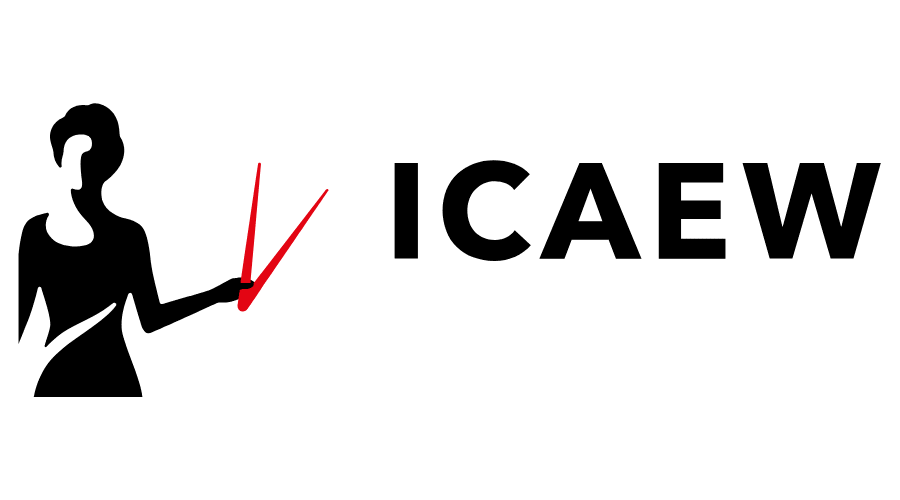Financially savvy HRDs can identify problems outside their own area and therefore be more responsive to the business’s needs. Here are the top five rules of finance every HR leader should know.
HR and the importance of understanding finance:
HRD's pocket guide to... profit and loss
Financial education is now a necessity
Collaboration chasm between HR and finance
Invest time to understand financial statements
Financial statements are rarely, if ever, accurate and therefore need careful interpretation. Did you know for example that a balance sheet is not intended to provide a valuation of a business? Profit is a 'best guess', based on assumptions and conventions including guessing how much you might get from your credit customers and how long assets will last.
Understanding what the company’s balance sheet and profit and loss says, and does not say, is a critically valuable skill and one well worth investing in.
Both profit and cash matter
There is a well-known phrase in finance: 'profit is sanity and cash is reality'. Without sufficient, readily accessible cash, a business cannot pay its creditors, staff or overheads when they are due.
Profit is the difference between income (sales) and costs (goods sold, wages, overheads). When income doesn’t cover costs, the business will not generate cash from activities. Any cash reserves in the business will get depleted and the business will run out of cash.
If a company is not making a profit considering all costs, including staff costs, not just the cost of goods sold, it will need to take appropriate action.
Staff costs are usually the largest component of a company’s cost base, yet the workforce also represents the DNA of the business. Financially astute HR professionals can help guide a business to take decisions that not only preserve cash but also business longevity.
Understand working capital
Working capital is the term used to explain the operational (short-term) cash needs of a business. Most businesses have a product as their core proposition. Money comes in from customers and money goes out to suppliers. Businesses typically agree credit terms with suppliers for stock (typically 30 days).
Customers (particularly corporate customers) equally expect credit terms. If the business buys stock from a supplier (on 30 days), it will have a month to settle that debt.
Selling stock however cannot be guaranteed. It may 'sit on the shelf' for, say, 15 days before sale and the customer may not pay even after the (say 30 days) credit terms have elapsed.
In working capital parlance, the company must wait 45 days to get cash, yet pay its supplier at 30 days as well as staff on the monthly payroll.
It is critical for every business to forecast carefully how much cash it will need and for how long to avoid liquidity problems. Even with the best planning, a business may face cashflow problems periodically.
HR professionals should know the working capital cycle of the business to understand how HR strategy and decision making can positively impact cashflow.
Know how the business is financed
Every business needs cash not only to survive in the short term but to prosper over the long term. At some point every business should weigh up its financing options. Finance essentially comes in two flavours: debt and equity.
Debt is borrowing that must be repaid, such as a bank loan.
Equity, by contrast, is money from shareholders (investors) that has no repayment date. Both carry drawbacks and benefits for the business.
Debt carries interest which has to be paid. Servicing costs will increase if rates rise – as many of us are now experiencing. The profits will suffer.
On the plus side, lenders cannot share in any upside returns. The business will only have to repay the capital originally borrowed plus interest. Any leftover profit belongs to the business.
Shareholders, by contrast, are part owners in a company. They receive shares, in exchange for monies invested, which gives them the right to a 'share' in the profits plus and growth of company value.
The company is under no obligation to pay a dividend so any surplus cash generated by the business can be retained for reinvestment. A company’s financing strategy should be aligned with its business strategy to ensure the company has the cash resources available to deliver its strategy.
For example, if the business strategy calls for a significant long-term investment in people to create for example new products, then the business may seek long-term equity finance to avoid haemorrhaging cash by having to pay interest at regular intervals. HR professionals should understand how financing strategy aligns with business needs to validate the long-term people strategy.
Consistently consider salary matching
One of the key priorities of any HR leader is to consistently stay ahead with any adjustments that need to be made in correlation with the business and the market rate.
Are you a living wage employer? Are there any obvious correlations in the business between protected characteristics and salary bands? What economic changes would impact your staff and how?
Early identification of adjustments by HR will enable better budgeting that can help the business plan more effectively for its working capital and longer-term financing needs.
Si Hussain is a financial trainer, consultant and co-author of The Finance Book.










